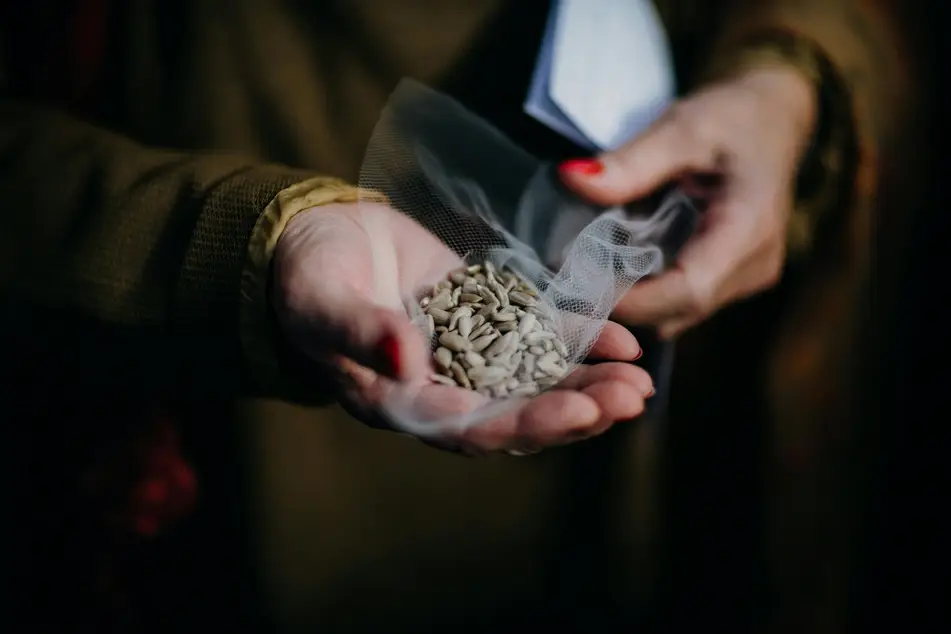How to Start A Community Seed Library

A seed library is a collection of local seeds to exchange, preserve biodiversity, and encourage gardening.
Why this recipe matters
Seed diversity is crucial for resilient ecosystems and food security. By starting a seed library, you help preserve local varieties, promote gardening, and encourage people to grow their own food—all while building community ties.
Ingredients
- Seed packets (locally sourced or saved from previous harvests)
- A small bookshelf or cabinet to house the seeds
- Seed-saving information and guides
- Labels for organizing the seed collection
- Plant Hardiness Zone Map
- Local gardening enthusiast(s) to manage the library
Recipe
1. Collect seeds.
- Collect seeds from community members, local farms, or online seed swaps. Focus on varieties that thrive in your region.
- If you need more information about what is local and does well in your climate zone, explore this Plant Hardiness Zone Map.
2. Figure out the library location and seed storage.
- Select a public space to keep your seed library, like a community center, local library, or school.
- Use an old bookshelf or cabinet to store seed packets and provide labeling for easy organization.
- Remember, a "seed library" isn't an actual library as much as it's a collection or catalogue, so no need for tons of storage space.
3. Spread the word!
- Share information about your collection efforts with gardeners, schools, and local groups.
- Get friends and neighbors excited to participate by encouraging people to take seeds for free, grow them, and return seeds from their harvests.
4. Offer workshops.
- Seed libraries offer a wonderful educational opportunity to all members of your community! Consider offering workshops and how seed saving, gardening tips, and sustainable practices. This will help people grow their confidence and skills in gardening and help to grow your library.
5. Host an annual seed swap event after the plants have gone to seed.
- Make it a celebration! You can refresh your seed collection and engage the community in seed diversity preservation by throwing an annual seed swap event. You can even make it a show and tell and encourage anyone who planted something last season to bring it along (if possible) to show or share with the community.
Nutritional Information
How this recipe has nurtured a community
We haven't tried this one yet, but we'd love to hear from you if you did! Did you start a seed library in your community? How was it impacted you and your neighbors? What about any benefits you've seen to the local ecosystem? Please let us know in the comments how a seed library has nurtured your community!
Finishing Touch
If you think a community seed library is a great way to make an impact, then you'll love the Global Seed Vault located on Svalbard in Norway. Explore the vault with this virtual tour and learn more about global efforts to protect our planet's flora from climate change.

